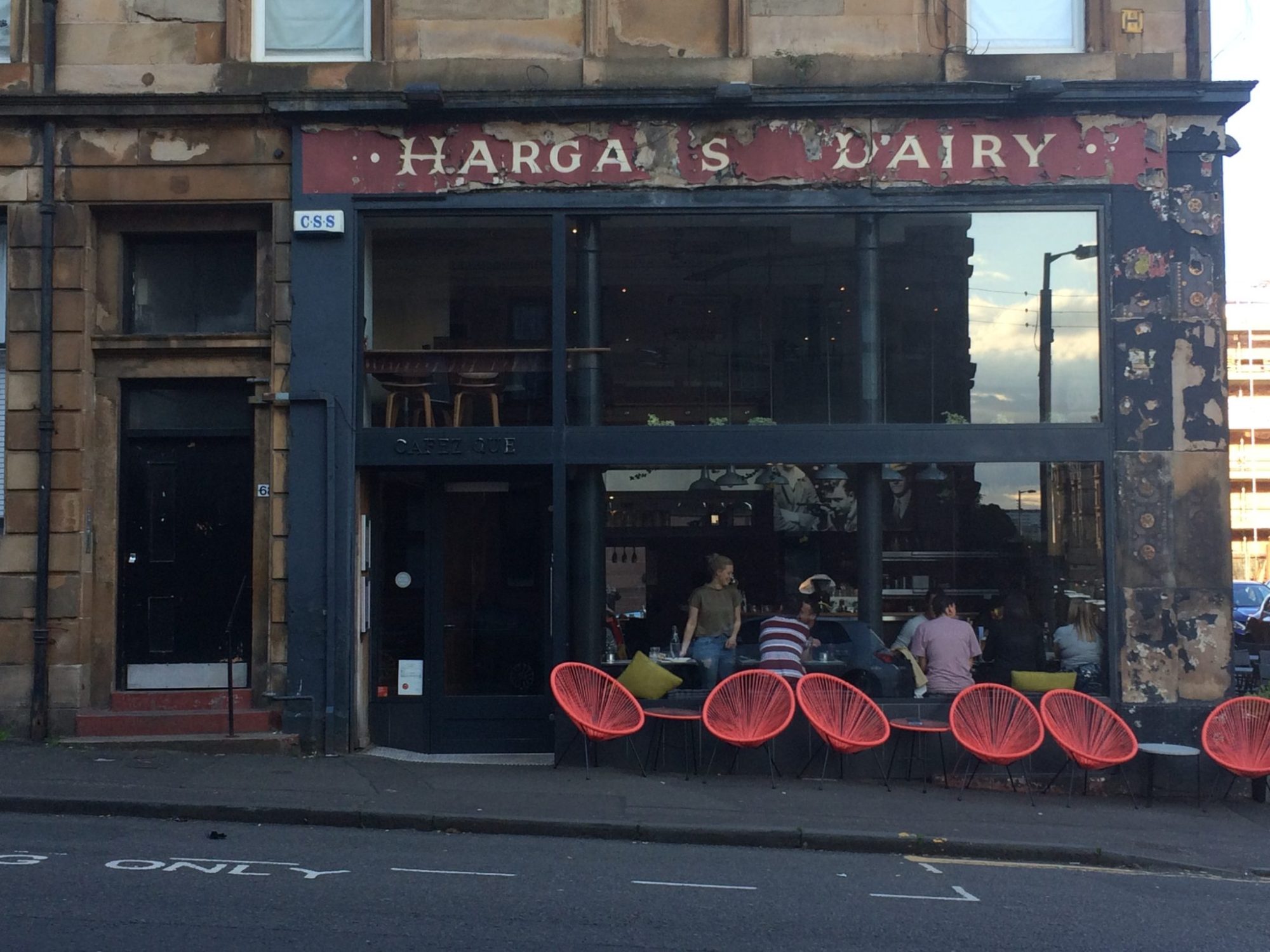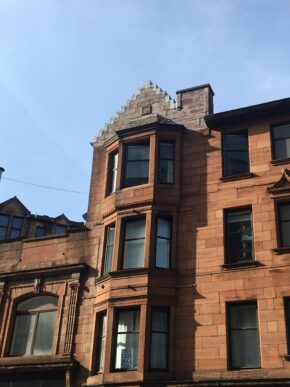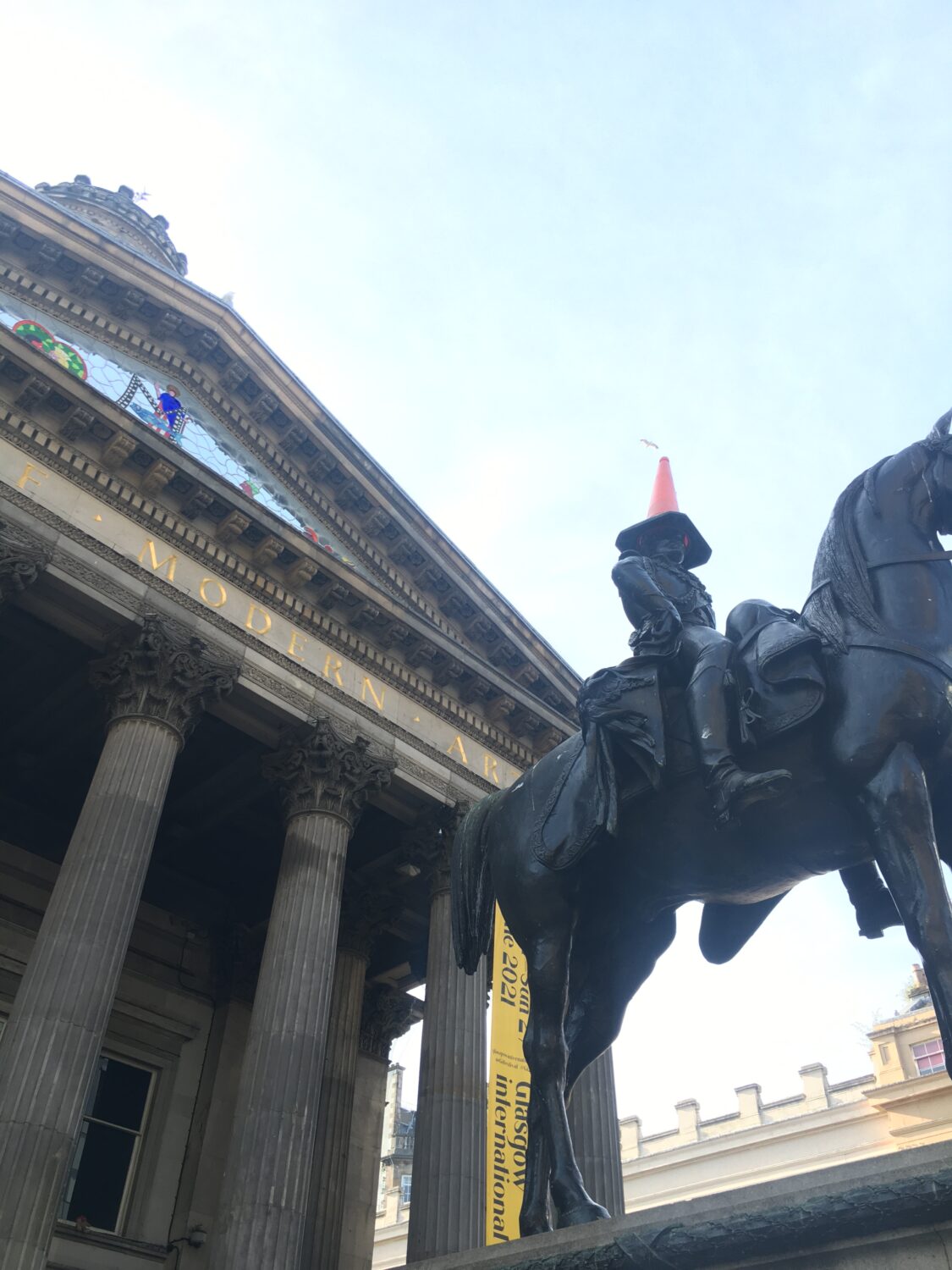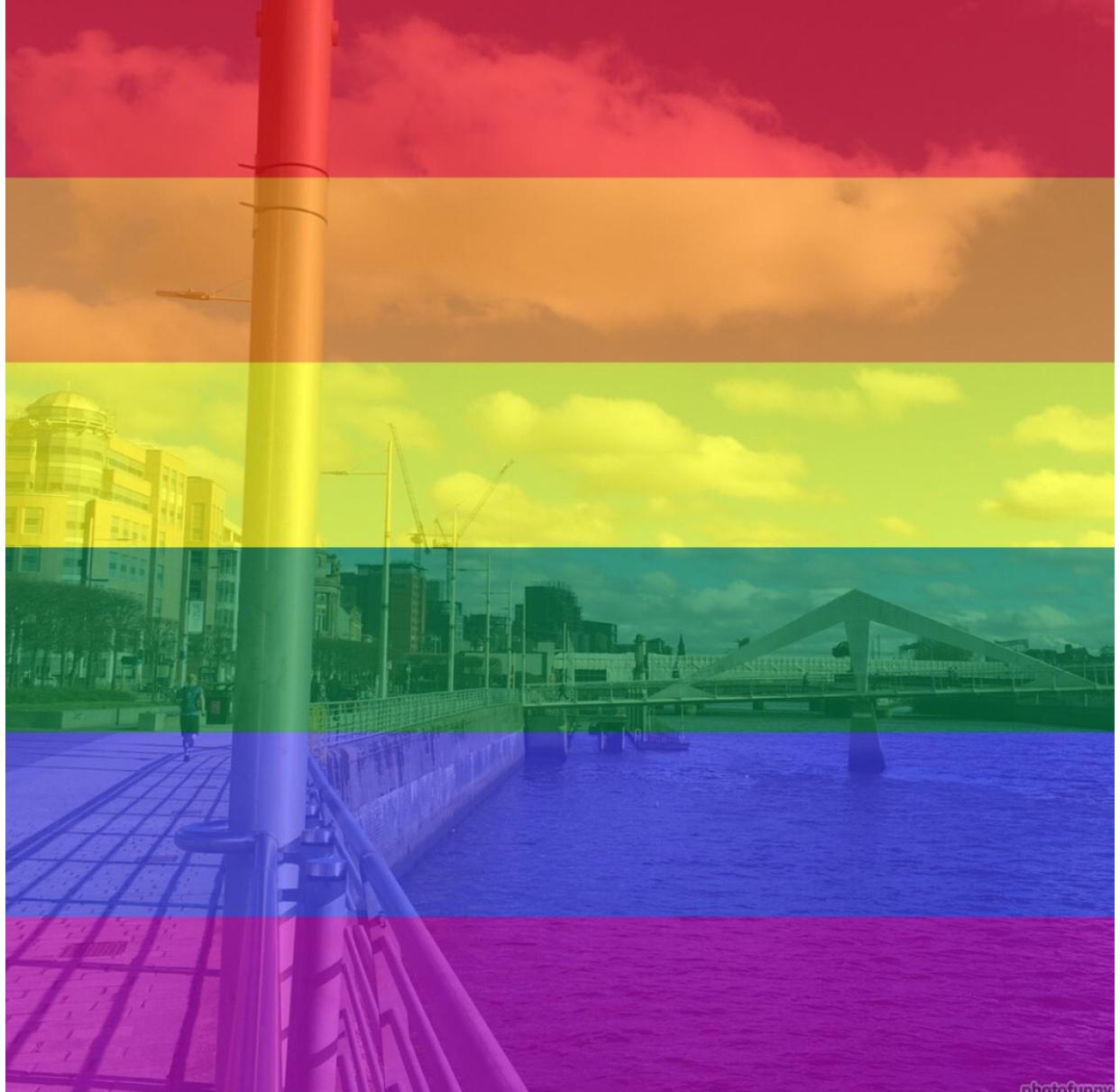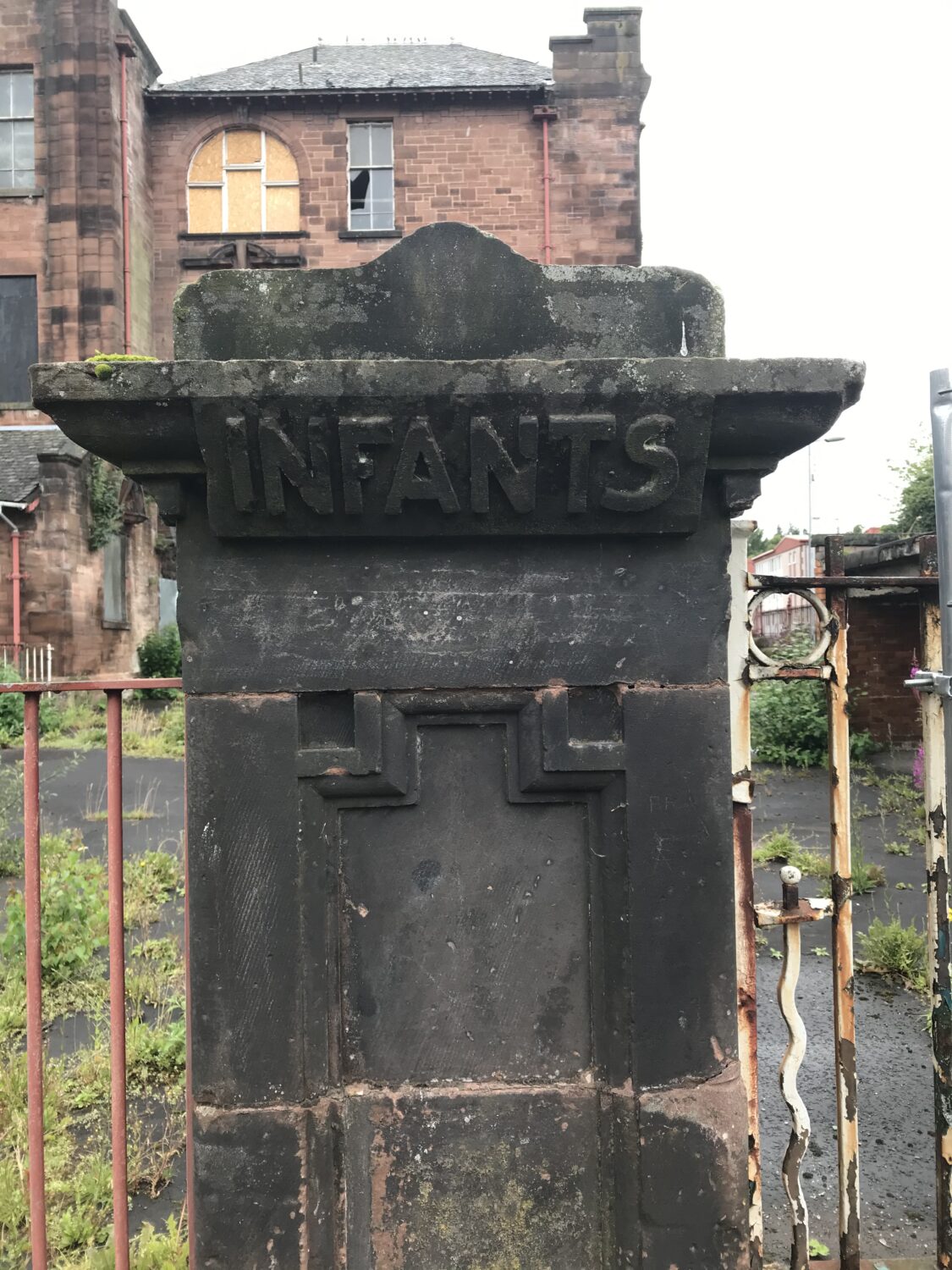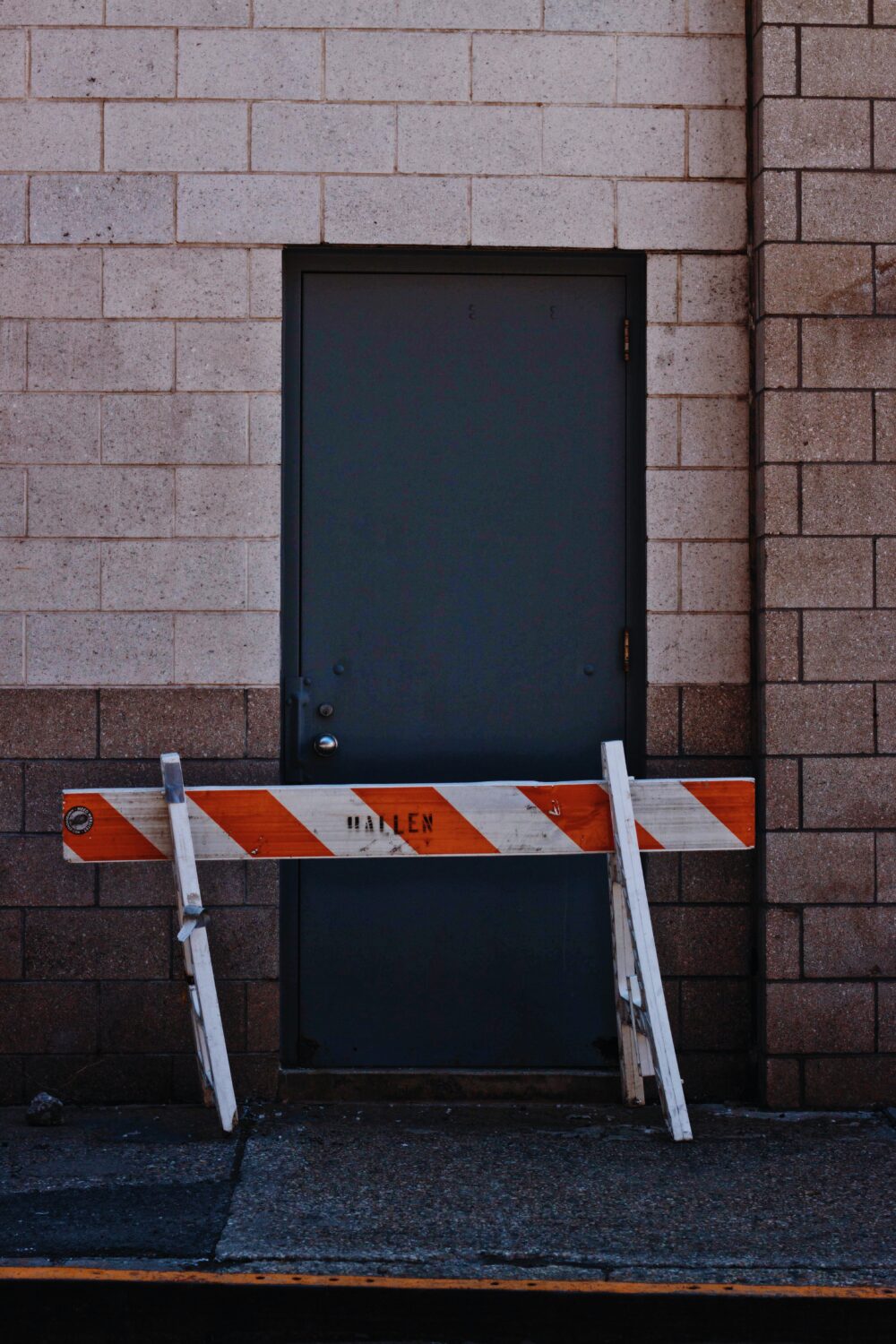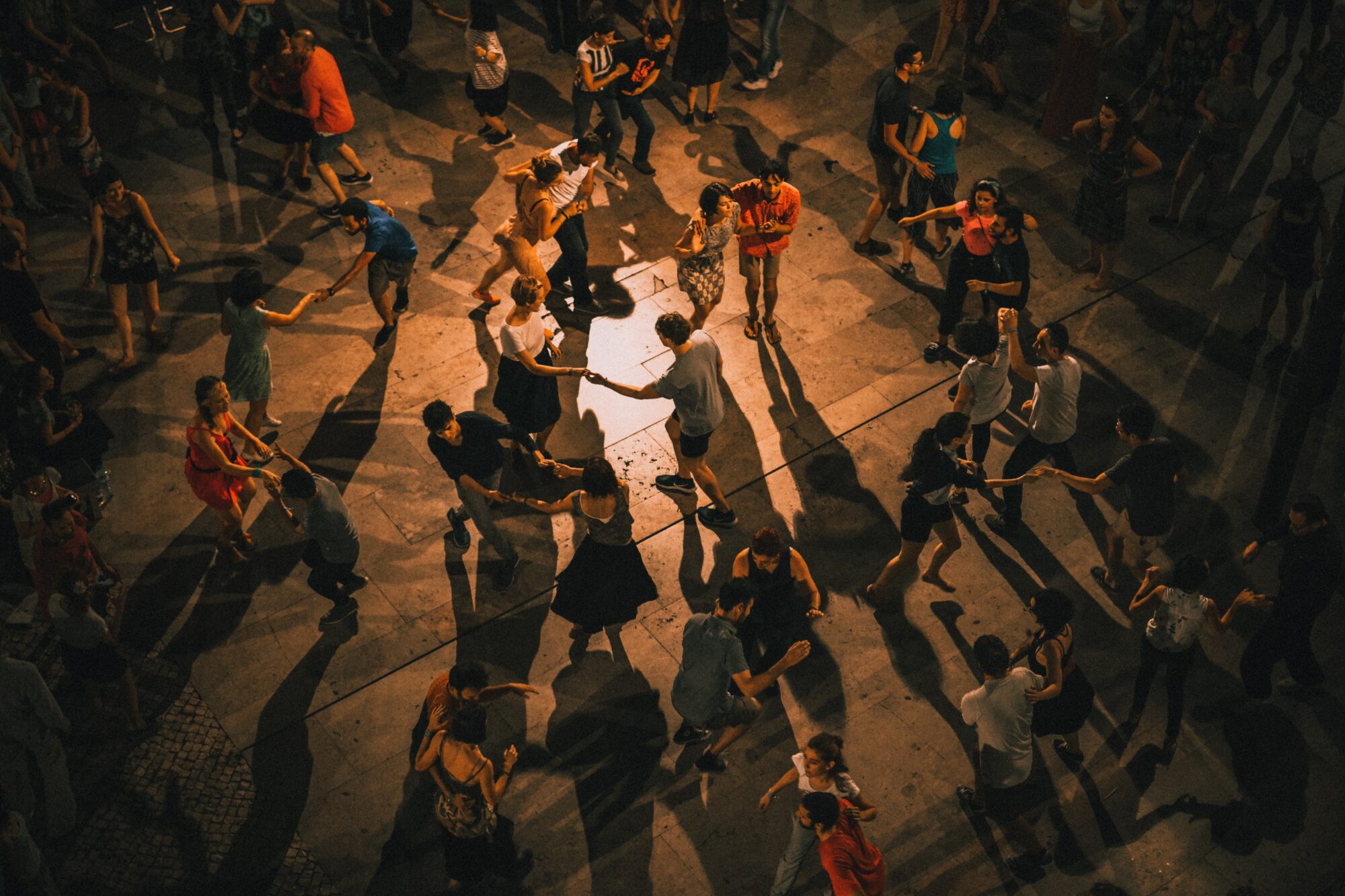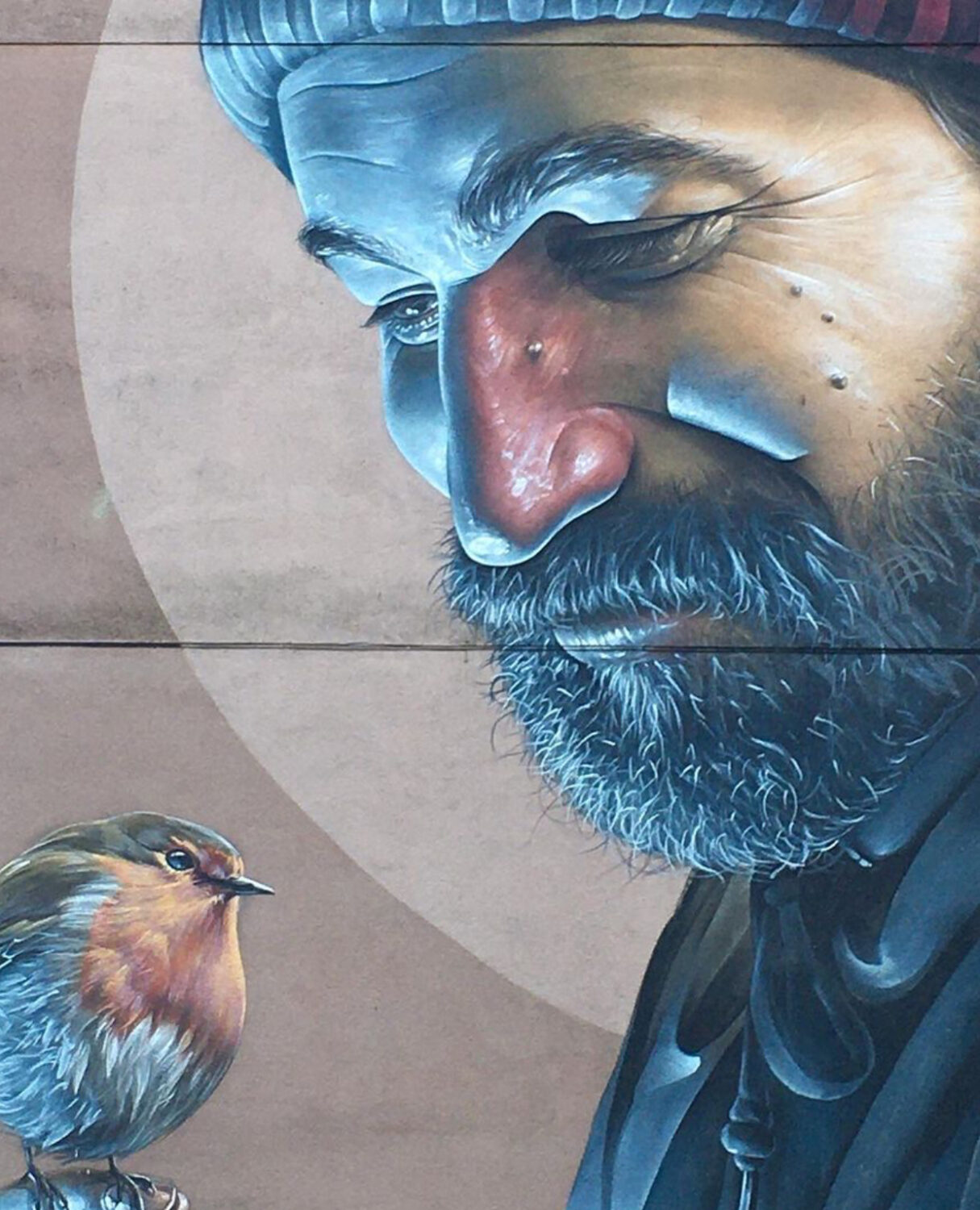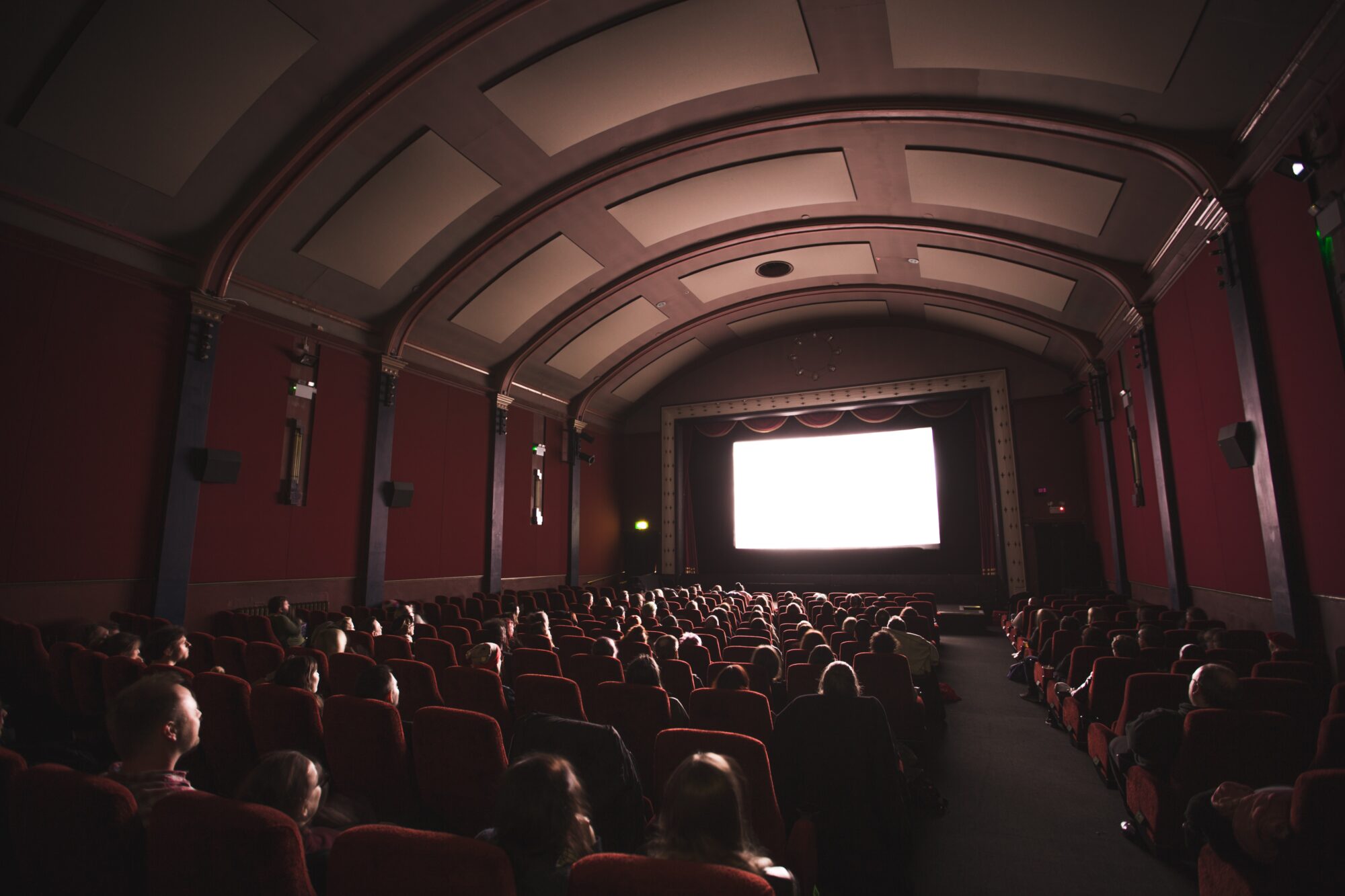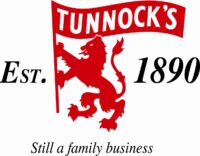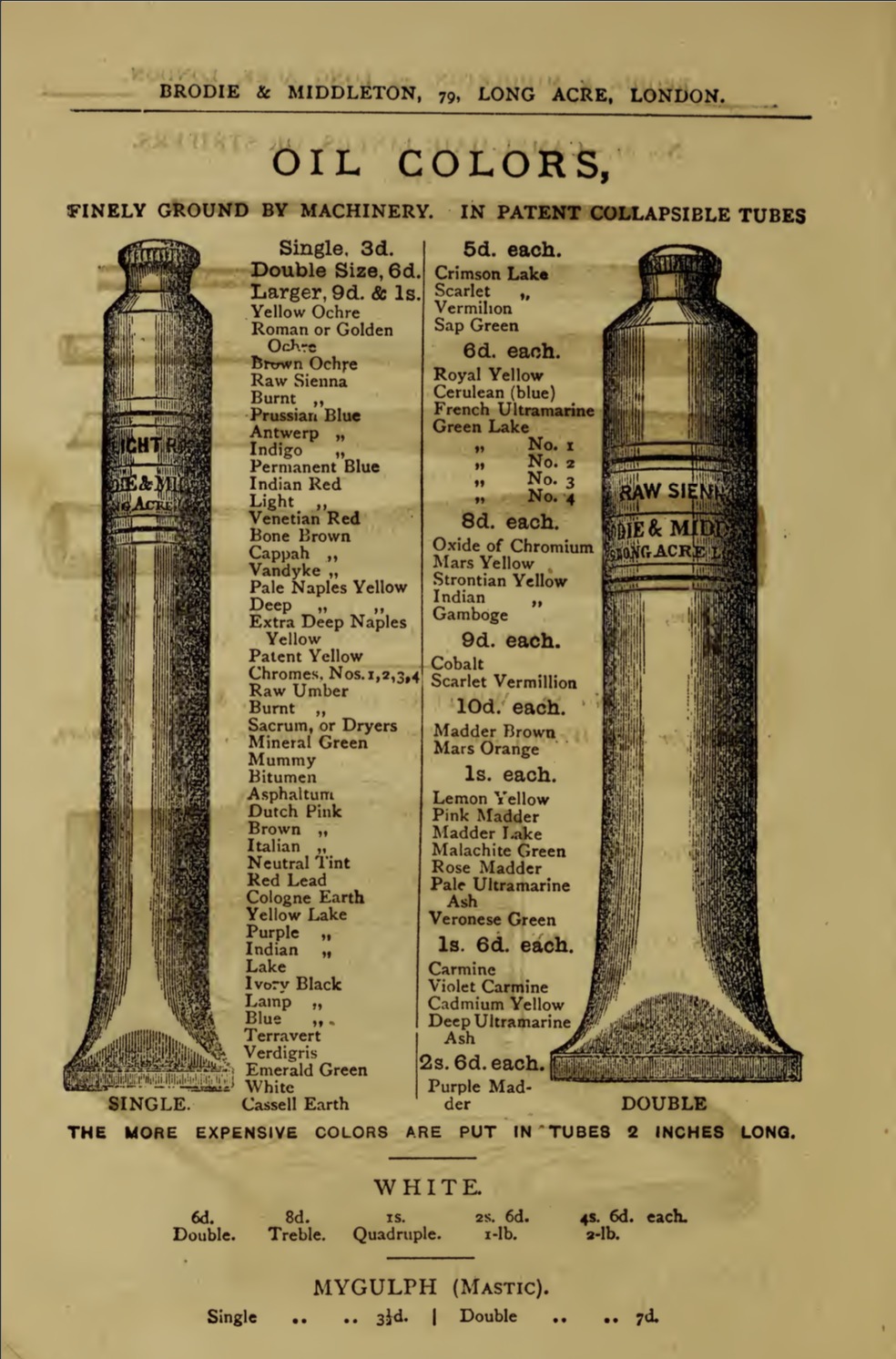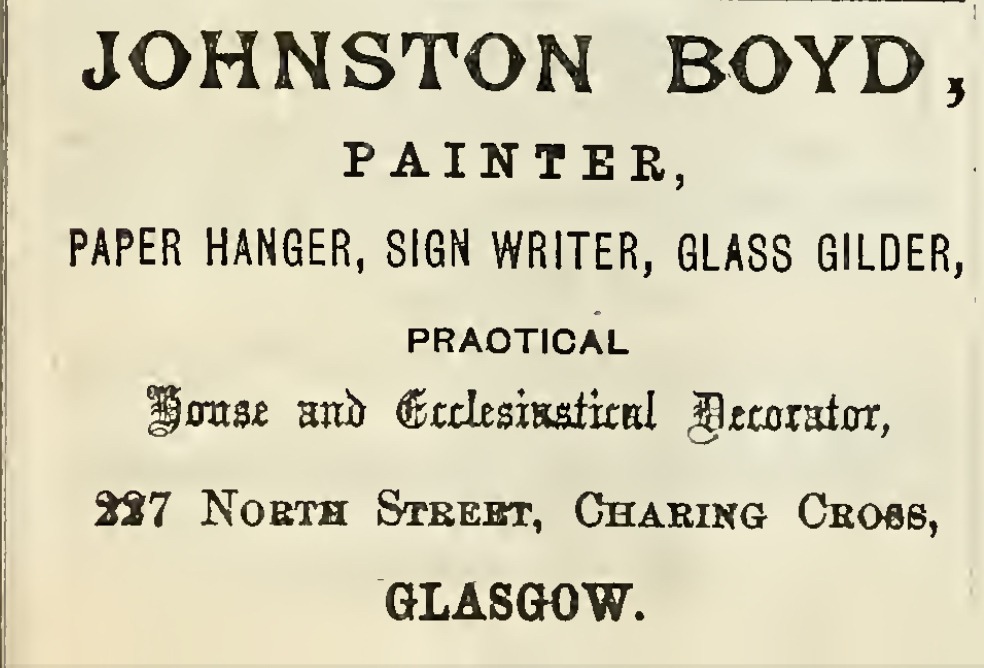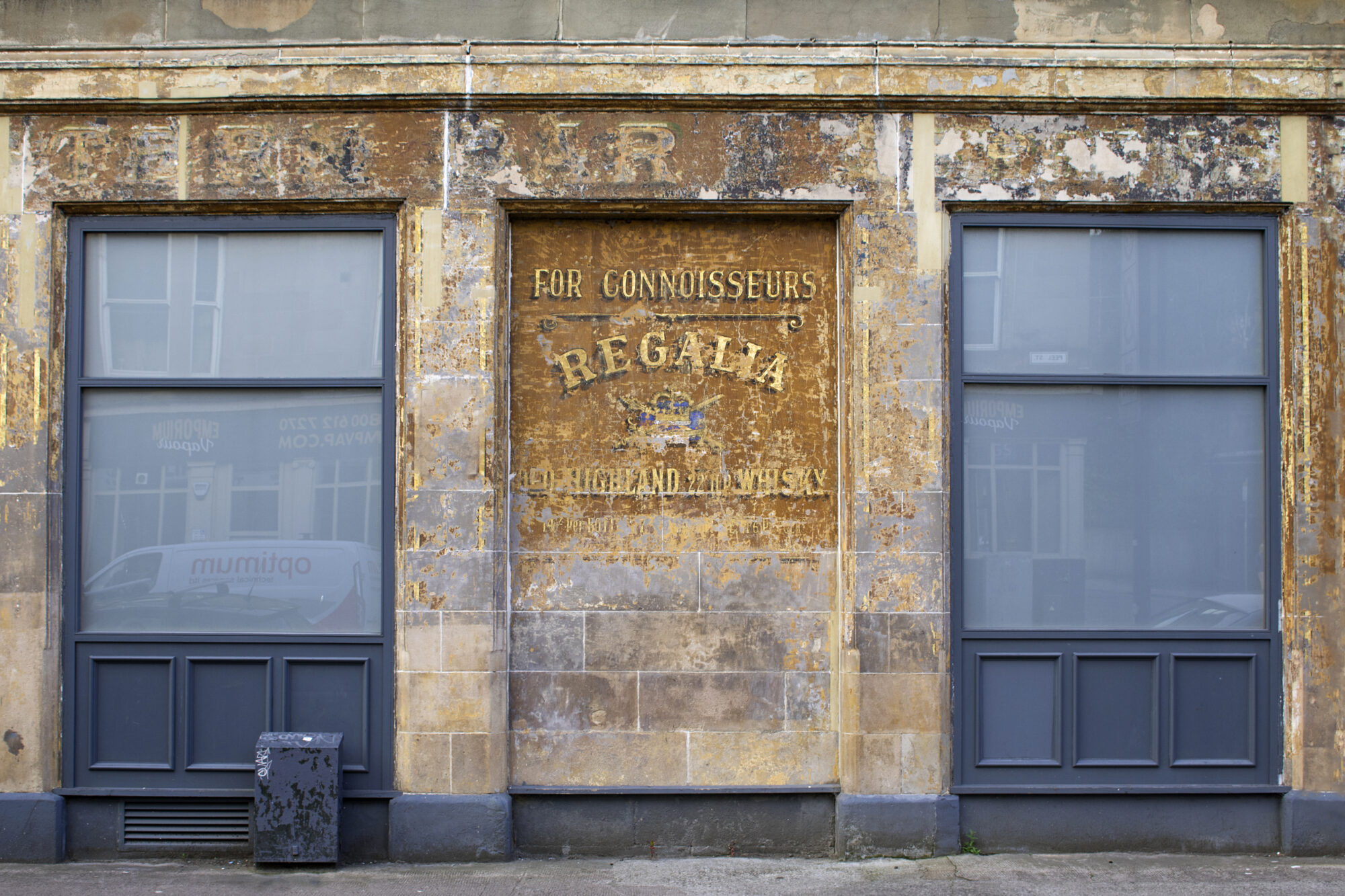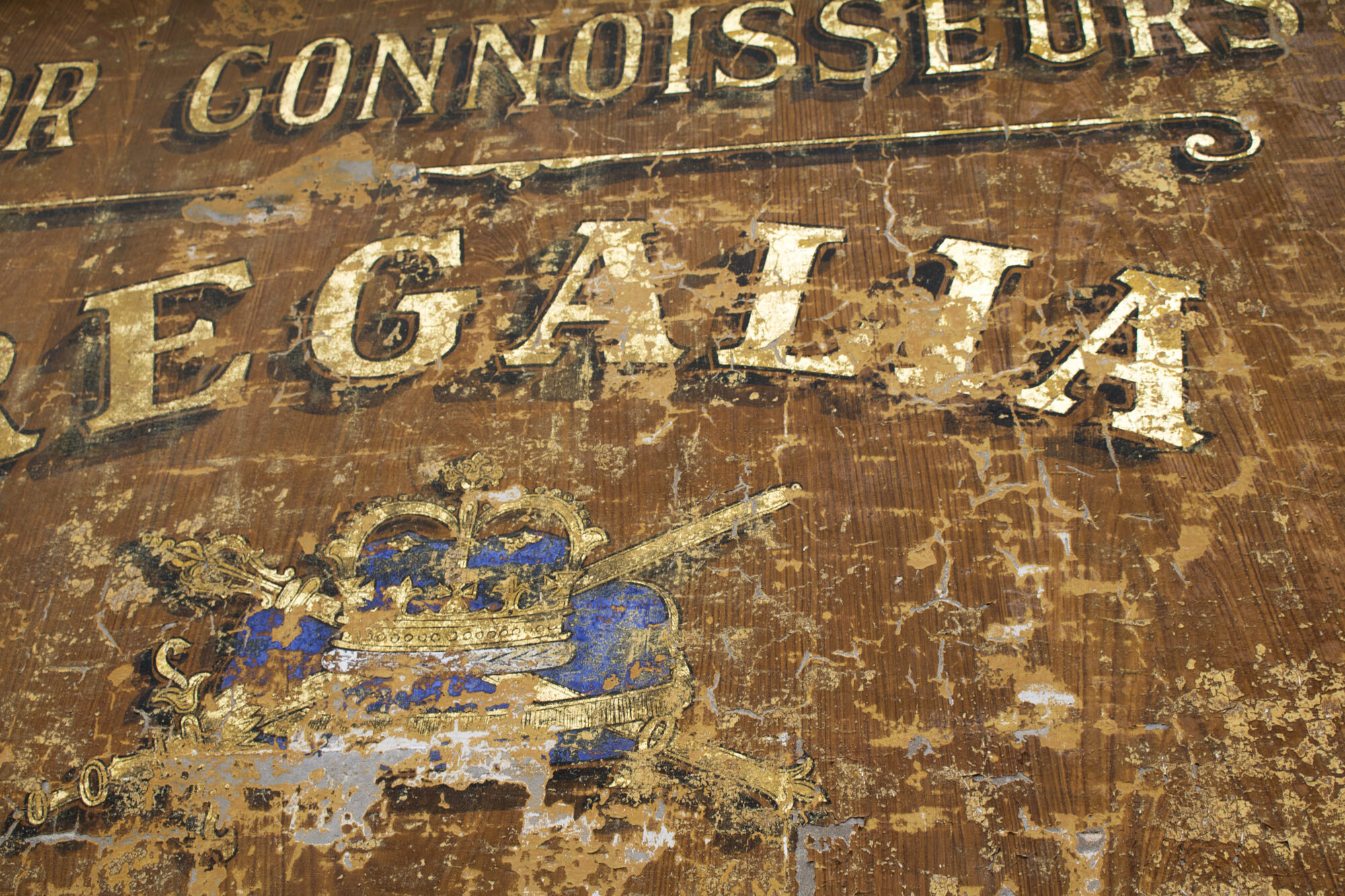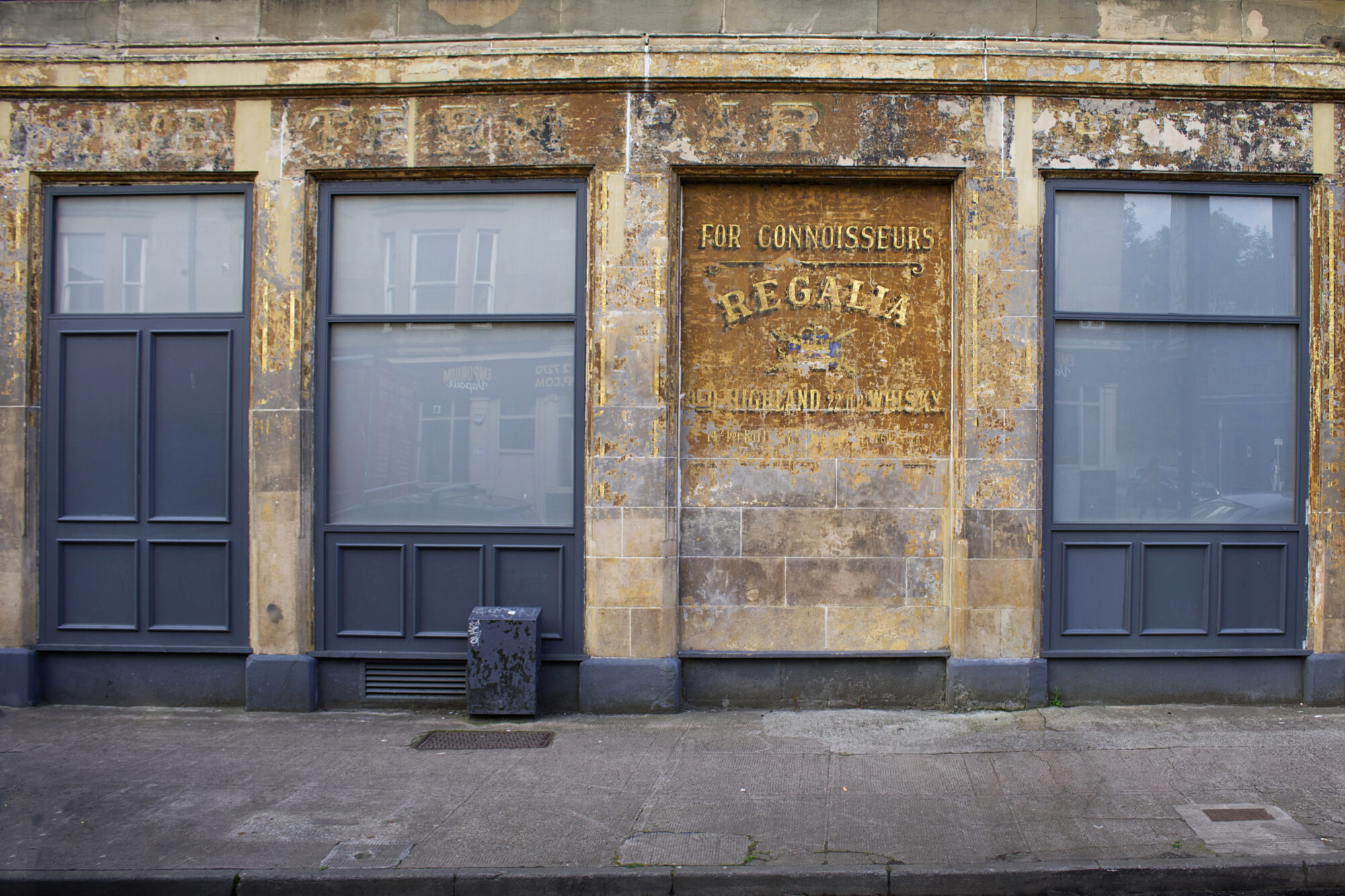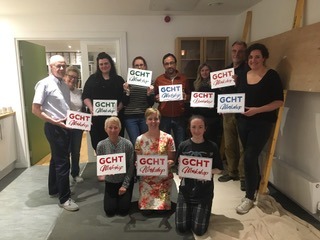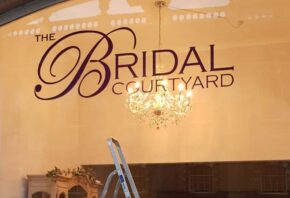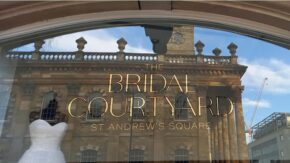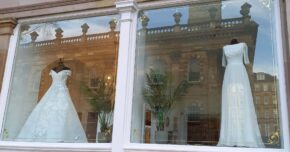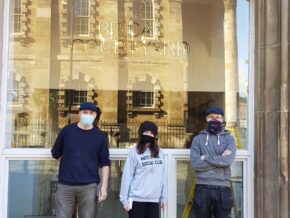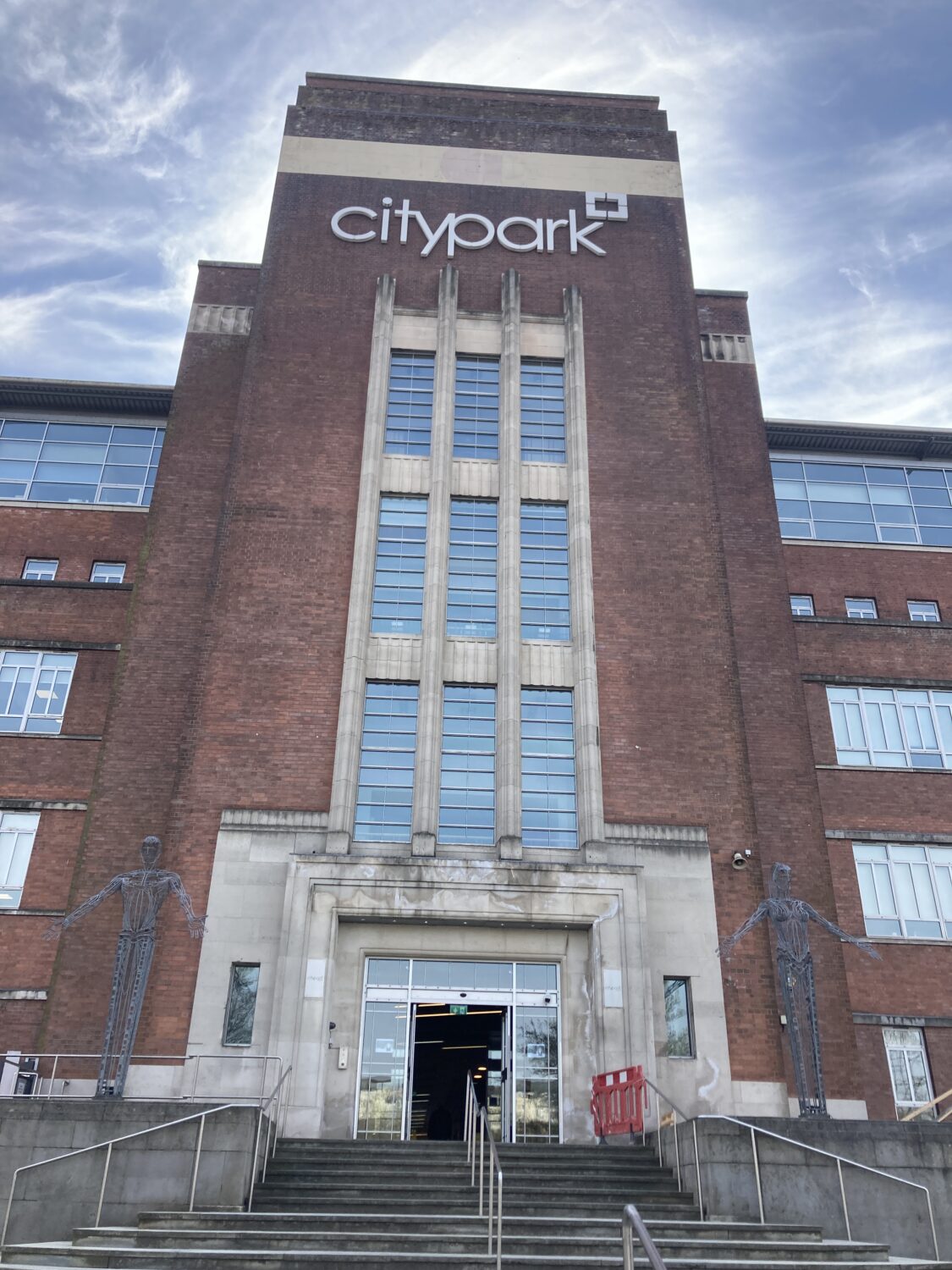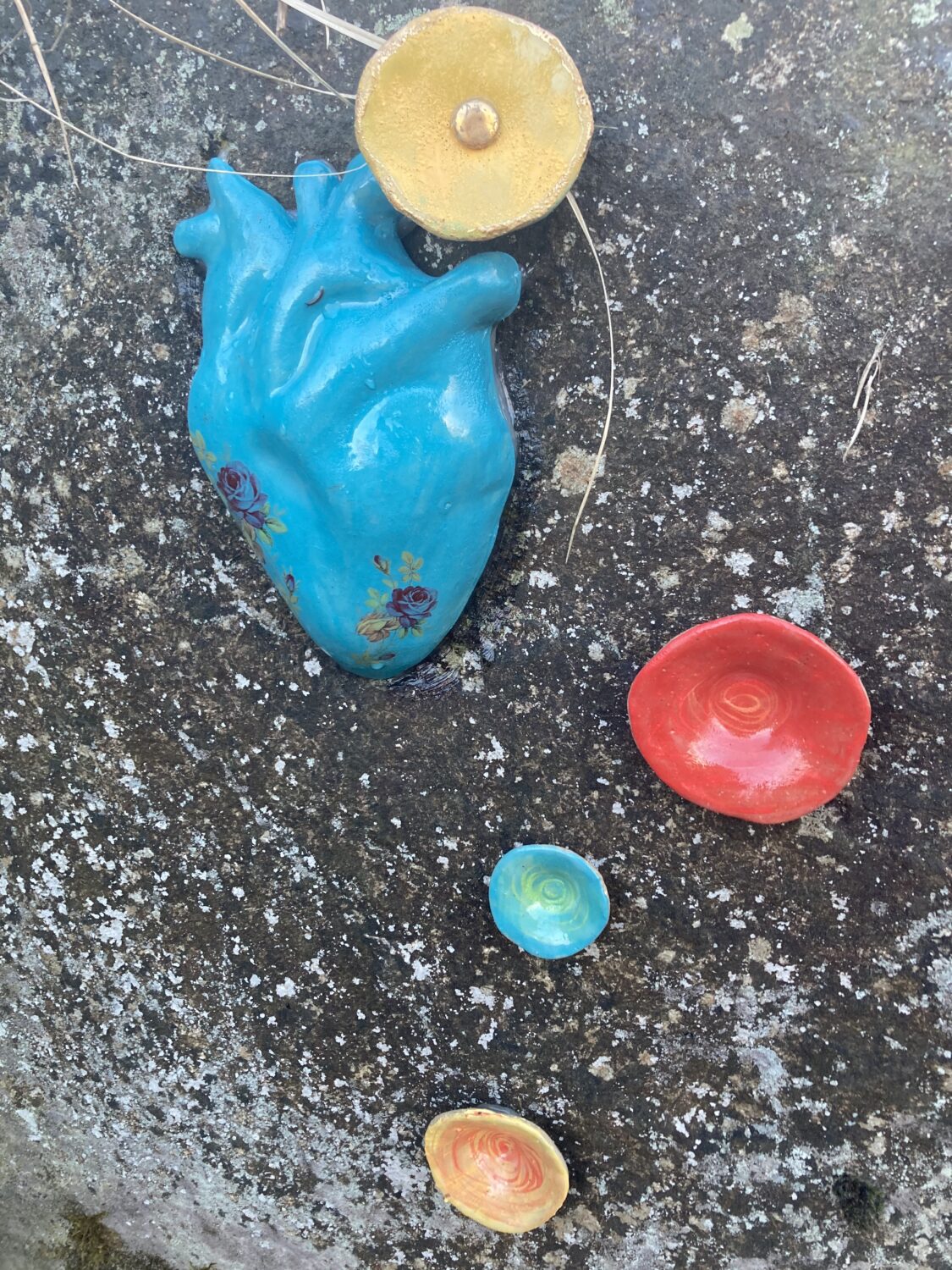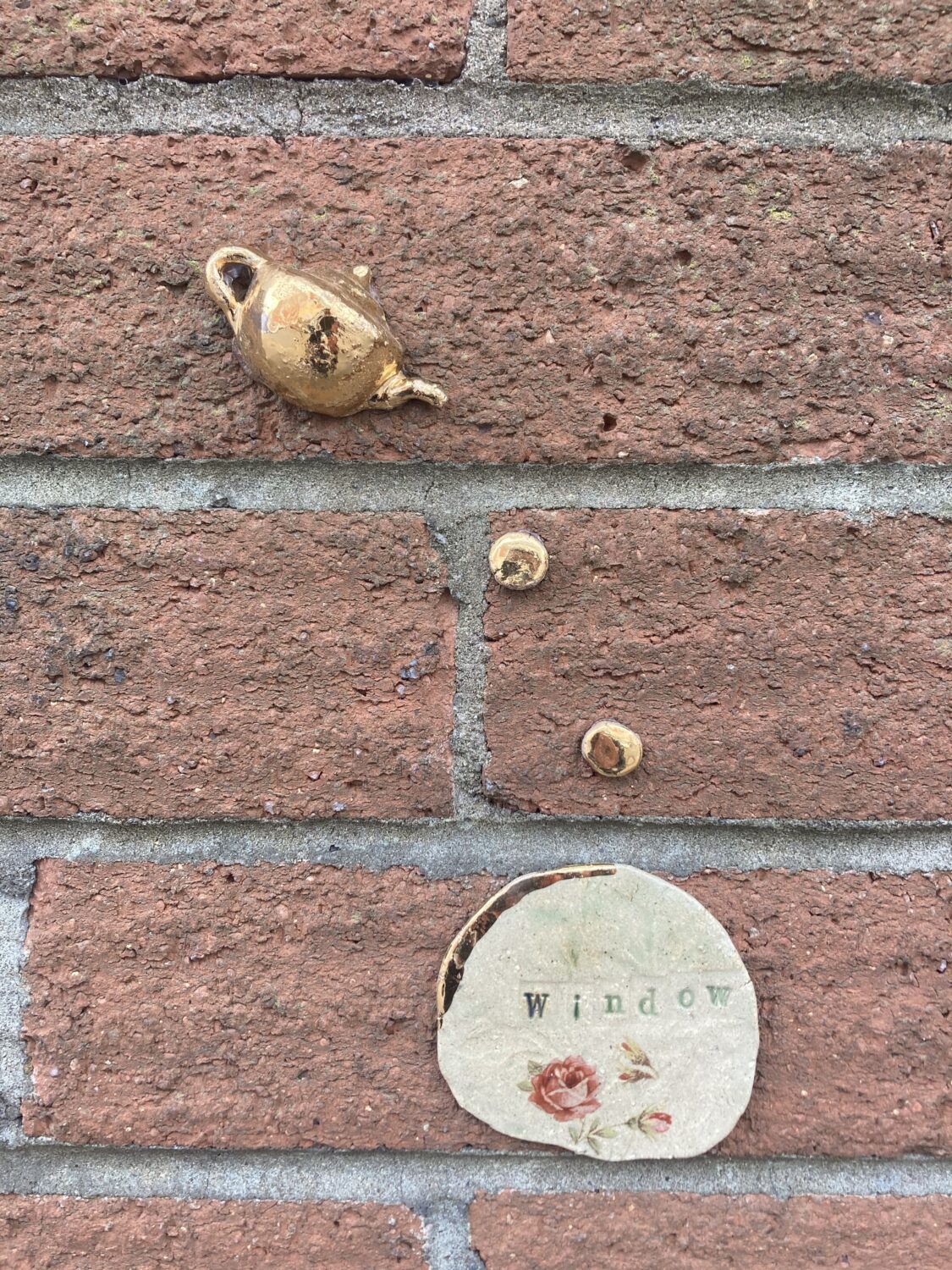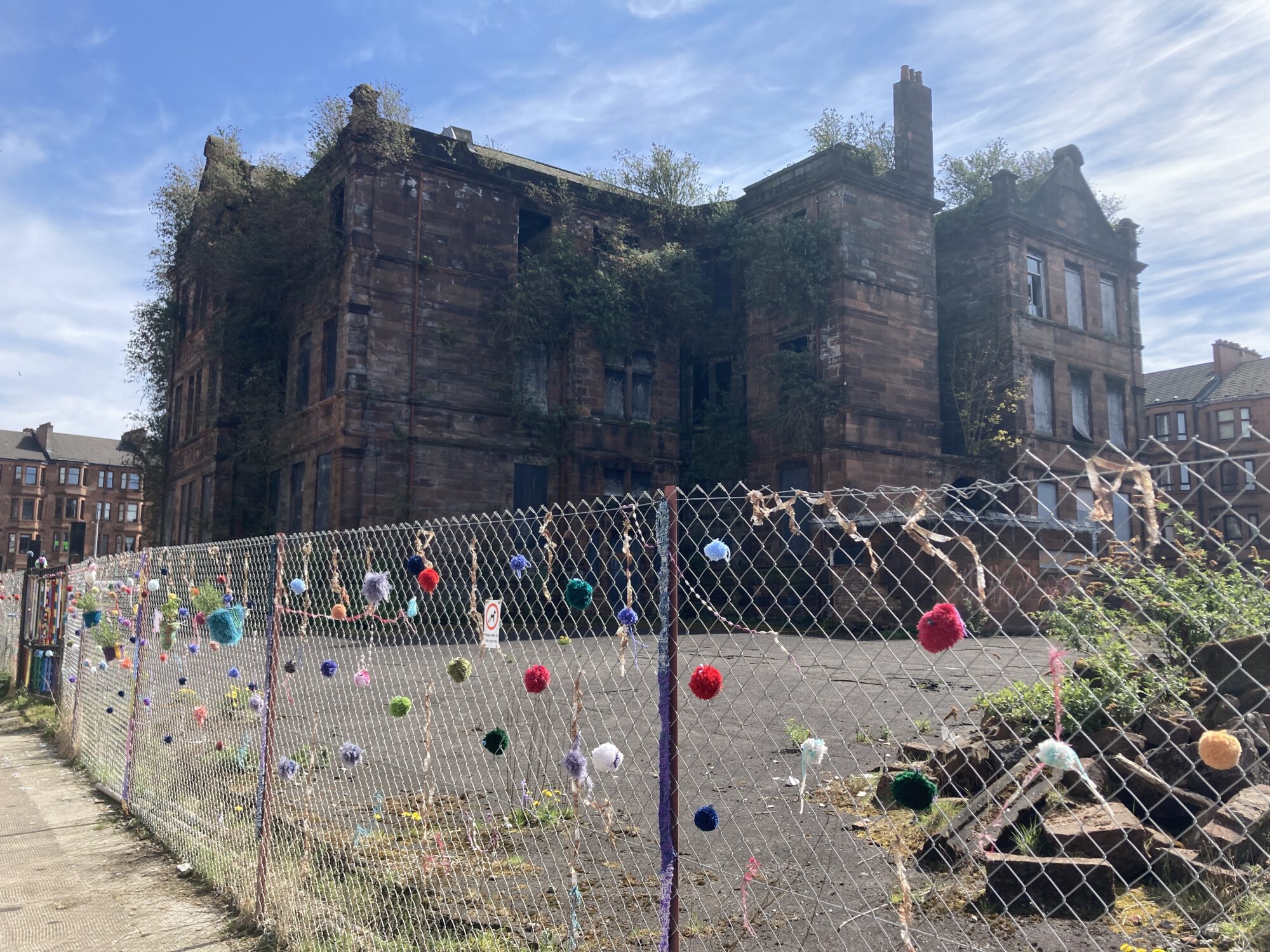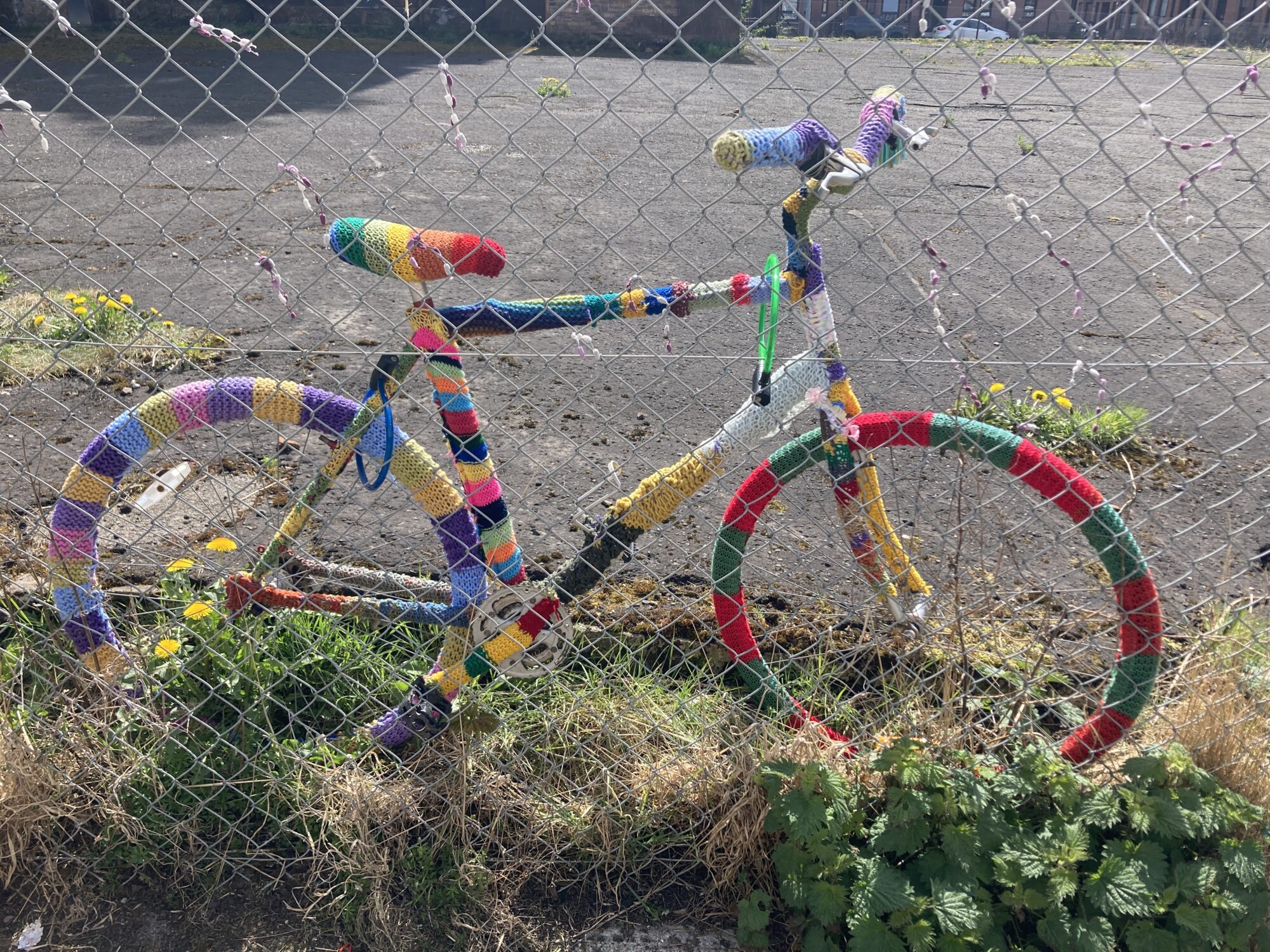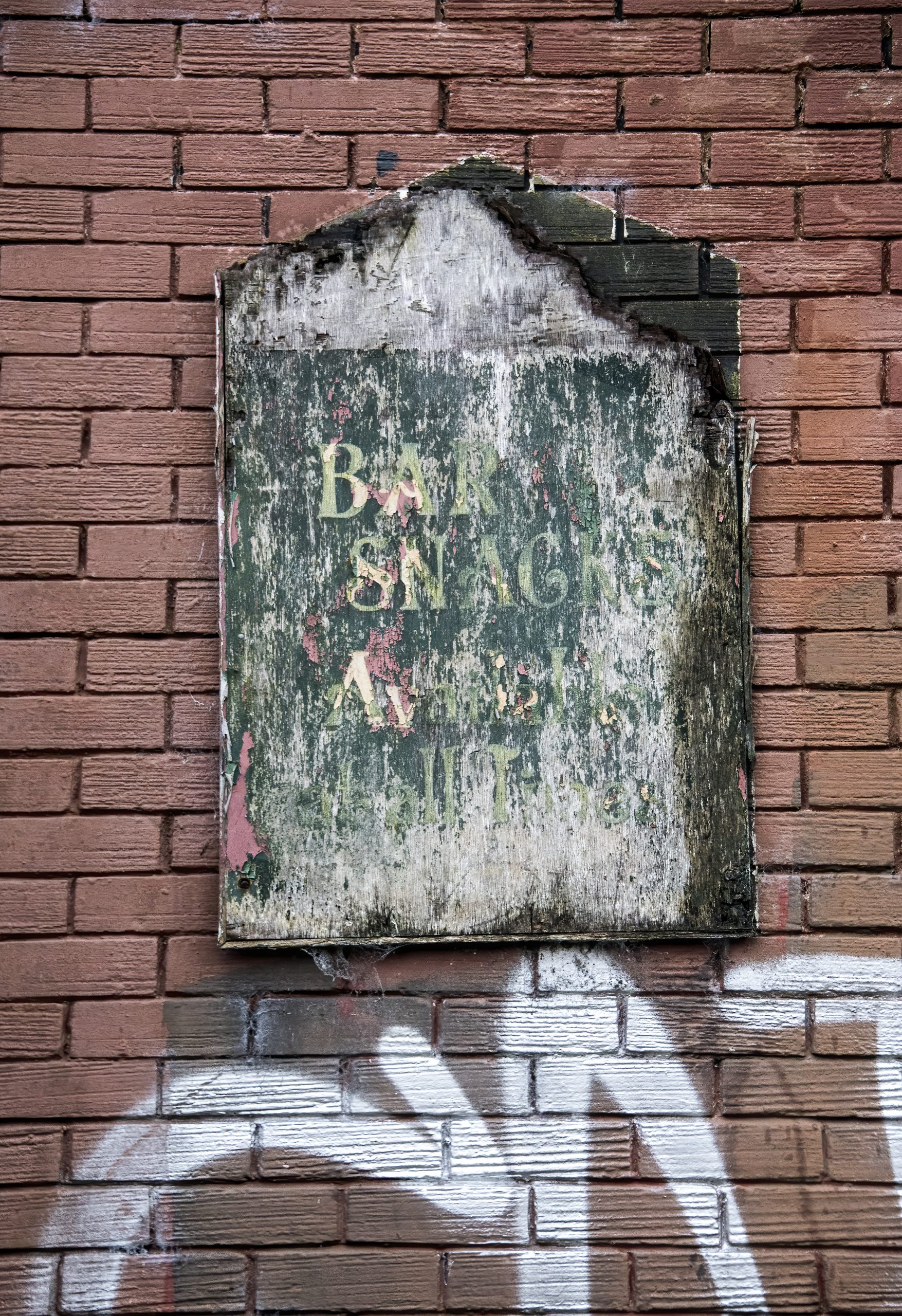For this month’s Blog, we’re talking to Building Conservator & Educator, Darren McLean, for some insight into why many of the Glasgow Ghost Signs have survived for so long.
J: Can you give us an introduction to yourself and the work you do Darren?
D: Well, I’ve a passion for historic buildings and I’m fortunate enough to make a living not only by hands-on conservation, but teaching it too. I spent considerable time in Italy, where I studied traditional Marmorino marble based plastering in Venice, as well as the conservation of mosaics in Ravenna. In 2018, I became an adjunct assistant professor at The University of Hong Kong, responsible for the materials and techniques modules of the postgraduate conservation curriculum. I’ve also taught for heritage organisations, such as Historic Scotland, Glasgow City Heritage Trust, National Trust Australia, and the Yangon City Heritage Trust. I mostly work with wood, masonry, lime mortars, natural cements, mosaics and tile. I’ve also (very relevant to this topic) recreated and tested various historic whitewash, paint and varnish recipes.
J: You have a great understanding of the materials and techniques used in historic buildings, but you also know what went into the creation of many of the Ghost Signs we find around Glasgow that have helped to preserve them so well.
D: Sure, and a good place to start is to clarify the different types of ghost signs we find today. In general, signs that involve paint were applied on wood, masonry and occasionally onto glass – something you tend to see more often on the continent. The science of making durable paints for all these substrates was well known centuries ago. It was routine for painters to produce their own paints, prior to the advent of ‘off the shelf’ tinned paint, and even then, they often needed to be manually tinted. Books relating to the architectural trades rapidly spread information & instructions on the production of materials, including recipes for paint. Many books offered advice on durable paints for signage, as well as which paints to avoid that were not so long lasting. Something very important when painting a difficult to access tenement gable!
To look at signage on masonry, large wall signs were first drawn on paper, then the ground (base) was applied to the masonry wall and chalk lines used to create guide lines for the letters. Often these were drawn with broken clay pipe stems, sold for this purpose direct from factories such as the one located at the Barras. The best way to make painted signage last was to have a stable and durable base, often a type of whitewash (the name for limewash until the early half of the 20th century). Various additives improved adhesion and durability. Oil based paints (typically Linseed oil) created a durable ground, with linseed often added to whitewash to improve its adherence and resistance to erosion. Whitewash was always applied hot in the past, which vastly improved its ability to bond with its substrate. Whitewash is one of the cheapest types of ‘paint’ available, even today. This cost advantage was very important, as advertisers weren’t only painting shopfronts and building gables, they even painted enormous advertisements onto seaside cliffs – not a feasible option with expensive paints.
When painting shopfront glass, paint was applied to the inside, although not exposed to wind and rain, this could suffer from exposure to UV light. Nowadays synthetic pigments are often used to withstand UV light, however the pigments used in the past were predominantly natural, and derived from earth minerals which were UV resistant and colourfast: Ochre, umbra, sienna, burnt sienna are all extracted from various clays. While lamp black – a deep black pigment – is made by burning vegetable waste. Signage painted onto wooden shopfronts used oil paints, and occasionally gilding, then were protected by varnish. These were frequently installed at an angle, so the top of the sign is proud of the base. This created a slightly sheltered situation for the writing and, in some situations, there is a stone course, which is part of the building, directly above the timber. Both these provided protection for the paintwork, meaning that they are amongst the most frequently seen types of ghost sign.
Unfortunately, paints could include some nasty stuff, such as lead, which most everyone will know is toxic. But there was worse: a wonderfully deep vermillion red was obtained from mercury sulphide-rich cinnabar, antimony and arsenic for yellows. Antimony was helpful as it slowed the drying of paints. Even reasonably safe products, manganese for instance, became toxic to those manufacturing the paints, due to the frequency and duration of contact, and inhaling dust.


